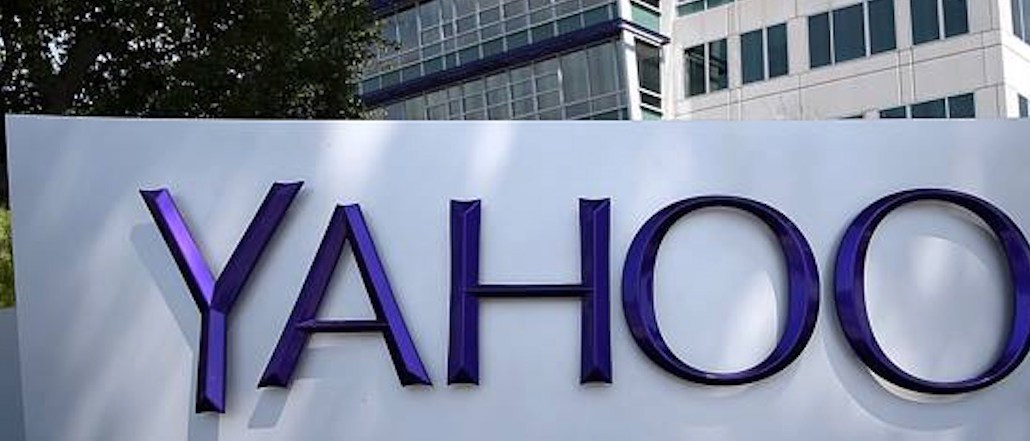
Yahoo’s ad revenues are forecasted to drop 14 percent this year while its competitors, including Google and Facebook, are expected to grow.
According to a new eMarketer report on ad spending, Yahoo’s global ad revenues will dip to $2.8 billion this year, down from $3.3 billion last year. Its overall share of the ad market will shrink from 2.1 percent to 1.5 percent.
That’s more bad news for the Marissa Mayer-led company. In an attempt to cut $400 million, Yahoo announced last month that it’s in the process of shuttering offices, slashing 15 percent of its workforce and is backing away from its once-ambitious content efforts by closing down a number of its verticals, like Travel and Autos. All of this is happening while rumors swirl that Yahoo is considering selling itself.
Moving forward, Yahoo is focusing on its growing mobile, video, native and social advertising unit called “MAVENs.” Mobile has been a spot of growth for Yahoo, with eMarketer expecting it to bring in $1.31 billion in revenue, a spike of 24.5 percent over last year.
“A leaner Yahoo, more focused on its core growing segments, will still face stiff competition in an ever more crowded and sophisticated market,” said eMarketer analyst Martín Utreras.
In contrast, the firm expects Google’s digital ad revenue to increase 9 percent to $10.23 billion and Facebook will increase 31 percent to $22.37 billion.
More in Media

Digiday+ Research: Publishers’ growing focus on video doesn’t translate to social platforms
Major publishers have made recent investments in vertical video, but that shift is not carrying over to social media platforms.

Technology x humanity: A conversation with Dayforce’s Amy Capellanti-Wolf
Capellanti-Wolf shared insight on everything from navigating AI adoption and combating burnout to rethinking talent strategies.

How The Arena Group is rewriting its commercial playbook for the zero-click era
The company is testing AI-powered content recommendation models to keep readers moving through its network of sites and, in doing so, bump up revenue per session – its core performance metric.





